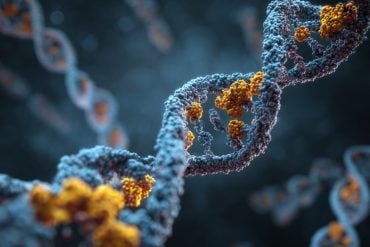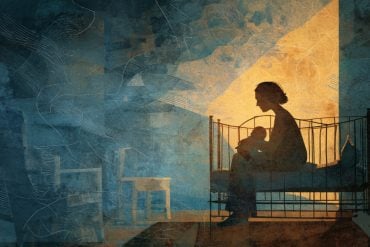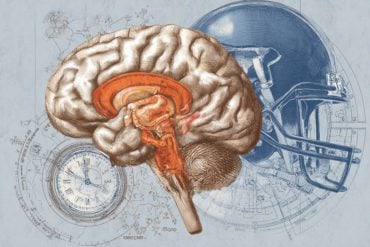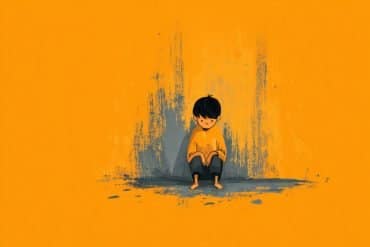Scientists have identified 2 genes crucial to the production of delicate sensors, called hair cells, in mammals.
Loud noise, trauma, infections, plain old aging–many things can destroy hair cells, the delicate sensors of balance and sound within the inner ear. And once these sensors are gone, that’s it; the delicate hair cells don’t grow back in humans, leading to hearing loss and problems with balance.
But scientists hope to find a way to regenerate these cells by examining how they develop in the first place. New research at Rockefeller University, in A. James Hudspeth’s Laboratory of Sensory Neuroscience, has identified two genes pivotal to the production of hair cells in young mice, who, just like human babies, lose the ability to generate these sensors shortly after birth. The study was published the week of October 26 in the Proceedings of the National Academy of Sciences.

First author, Ksenia Gnedeva, a postdoc in the lab, began by examining changes in gene expression in the utricle, a hair cell-lined organ within the inner ear that detects motion. She saw that the activity of two genes dropped dramatically shortly after the mice were born and hair cells ceased to develop in their utricles. These genes code for the proteins Sox4 and Sox11, which play a role in shaping the identity cells assume by regulating the expression of other genes.
Gnedeva tested these proteins’ involvement in hair cell formation by altering their expression. When both genes were shut down, she found that the entire inner ear, not just the utricle, developed abnormally. In other experiments, she turned on the genes in older mice whose hair cells were fully matured, and discovered that this gene activation could induce the production of new hair cells within a fully developed utricle.
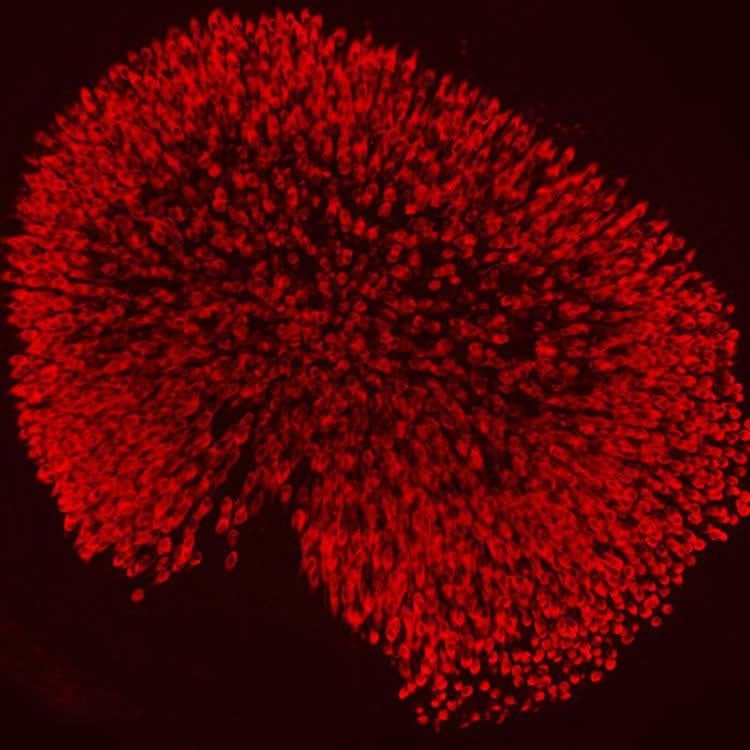
She is now exploring the series of molecular interactions that normally lead to the activation of these proteins and the steps that follow. “Our ultimate goal is to find a target that would allow us to restore hair cells later on in life. It appears possible that these proteins, or perhaps other steps in the same pathway, might be potential targets,” she says.
Hudspeth, the study’s senior author, is the F.M. Kirby Professor at Rockefeller and an investigator with the Howard Hughes Medical Institute.
Source: Wynne Parry – Rockefeller University
Image Source: The images are credited to Laboratory of Sensory Neuroscience at The Rockefeller University/PNAS
Original Research: Full open access research for “SoxC transcription factors are essential for the development of the inner ear” by Ksenia Gnedeva and A. J. Hudspeth in PNAS. Published online July 2 2015 doi:10.1073/pnas.1517371112
Abstract
SoxC transcription factors are essential for the development of the inner ear
Hair cells, the mechanosensory receptors of the inner ear, underlie the senses of hearing and balance. Adult mammals cannot adequately replenish lost hair cells, whose loss often results in deafness or balance disorders. To determine the molecular basis of this deficiency, we investigated the development of a murine vestibular organ, the utricle. Here we show that two members of the SoxC family of transcription factors, Sox4 and Sox11, are down-regulated after the epoch of hair cell development. Conditional ablation of SoxC genes in vivo results in stunted sensory organs of the inner ear and loss of hair cells. Enhanced expression of SoxC genes in vitro conversely restores supporting cell proliferation and the production of new hair cells in adult sensory epithelia. These results imply that SoxC genes govern hair cell production and thus advance these genes as targets for the restoration of hearing and balance.
“SoxC transcription factors are essential for the development of the inner ear” by Ksenia Gnedeva and A. J. Hudspeth in PNAS. Published online July 2 2015 doi:10.1073/pnas.1517371112



